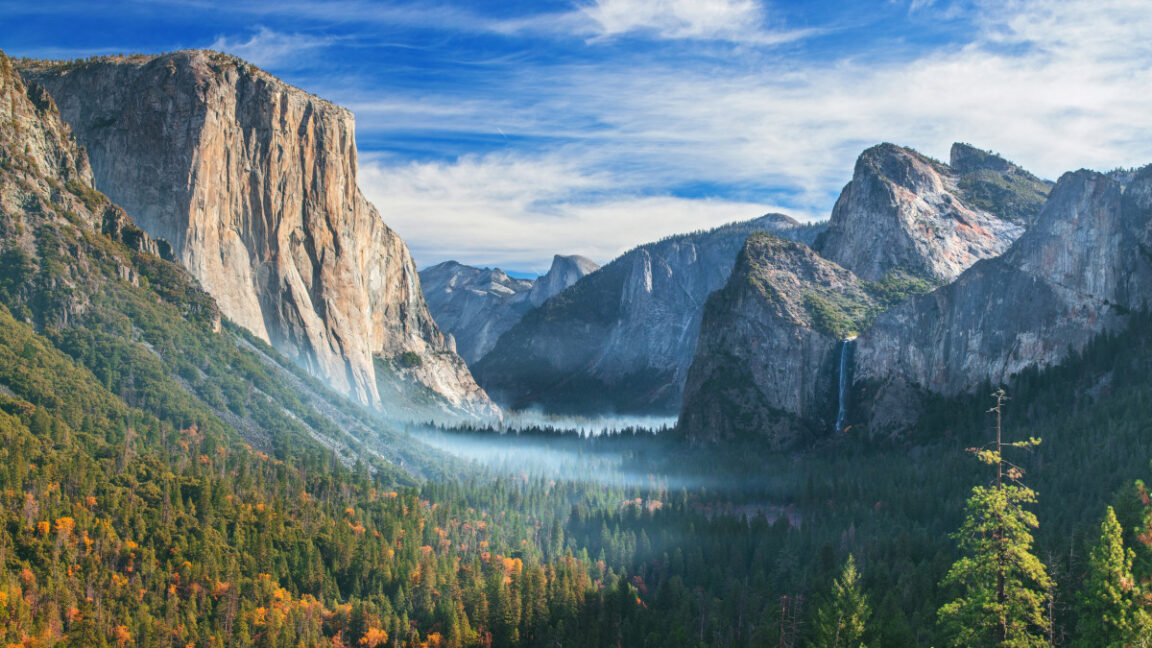Cultivating the future
So what might a sustainable ecosystem for human creativity actually involve?
Legal and economic approaches will likely be key. Governments could legislate that AI training must be opt-in, or at the very least, provide a collective opt-out registry (as the EU’s “AI Act” does).
Other potential mechanisms include robust licensing or royalty systems, such as creating a royalty clearinghouse (like the music industry’s BMI or ASCAP) for efficient licensing and fair compensation. Those fees could help compensate human creatives and encourage them to keep creating well into the future.
Deeper shifts may involve cultural values and governance. Inspired by models like Japan’s “Living National Treasures“—where the government funds artisans to preserve vital skills and support their work. Could we establish programs that similarly support human creators while also designating certain works or practices as “creative reserves,” funding the further creation of certain creative works even if the economic market for them dries up?
Or a more radical shift might involve an “AI commons”—legally declaring that any AI model trained on publicly scraped data should be owned collectively as a shared public domain, ensuring that its benefits flow back to society and don’t just enrich corporations.

Meanwhile, Internet platforms have already been experimenting with technical defenses against industrial-scale AI demands. Examples include proof-of-work challenges, slowdown “tarpits” (e.g., Nepenthes), shared crawler blocklists (“ai.robots.txt“), commercial tools (Cloudflare’s AI Labyrinth), and Wikimedia’s “WE5: Responsible Use of Infrastructure” initiative.
These solutions aren’t perfect, and implementing any of them would require overcoming significant practical hurdles. Strict regulations might slow beneficial AI development; opt-out systems burden creators, while opt-in models can be complex to track. Meanwhile, tech defenses often invite arms races. Finding a sustainable, equitable balance remains the core challenge. The issue won’t be solved in a day.
Invest in people
While navigating these complex systemic challenges will take time and collective effort, there is a surprisingly direct strategy that organizations can adopt now: investing in people. Don’t sacrifice human connection and insight to save money with mediocre AI outputs.
Organizations that cultivate unique human perspectives and integrate them with thoughtful AI augmentation will likely outperform those that pursue cost-cutting through wholesale creative automation. Investing in people acknowledges that while AI can generate content at scale, the distinctiveness of human insight, experience, and connection remains priceless.
